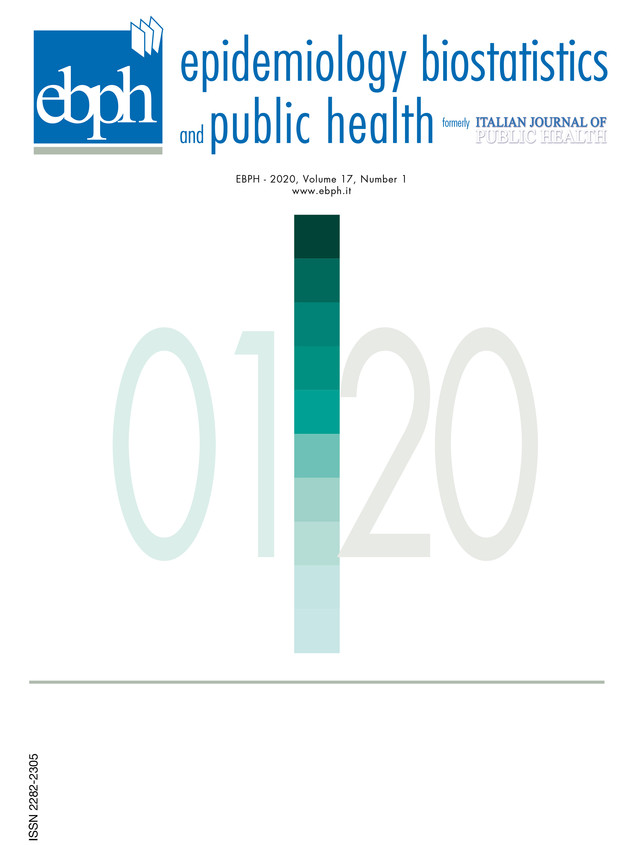A retrospective analysis of 3 156 admissions with fever of unknown origin in a large Italian hospital
DOI:
https://doi.org/10.2427/8776Abstract
Background: fever of unknown origin (FUO) is defined as a fever with no etiologic diagnosis after standardized investigations performed during 3 days in hospital or after at least 3 ambulatory visits. Our study aims to describe the epidemiology of classic FUO through the retrospective analysis of 902 861 admissions to a large University Hospital in Italy, to investigate its temporal trend, and to evaluate differences between young and old patients.
Methods: we retrieved data records of all the admissions between the 1st January 1988 and 31st December 2007. Proportional admission rate (PAR ) of FUO was calculated. Time trends of FUO admissions were analysed by joinpoint regression, with time changes expressed as Expected Annual Percent Change (EA PC). The ICD 9-CM code was used to identify the diagnosis on discharge of FUO cases.
Results: in the study period 3 156 patients were admitted with a diagnosis of FUO (PAR=3.50 per 1 000). The time-trend analysis showed two joinpoints, the first in 1995 (EAPC of 307.80, 95% CI: 89.66-776.84, p=0.002), and the second in 1998 (EAPC=-8.57, 95% CI: -10.37-6.73; p<0.001). Around 22% of admissions remained without a definitive diagnosis of FUO, with this percentage being lower in patients ≥65 years compared with subjects aged 21-64.
Conclusions: FUO is a leading cause of admission to hospitals, as well as of morbidity and mortality, thus representing a challenge for diagnostic medicine and hospital care. It is necessary to develop a diagnostic methodology for FUO , so as to reduce costs of preventable hospitalizations.






